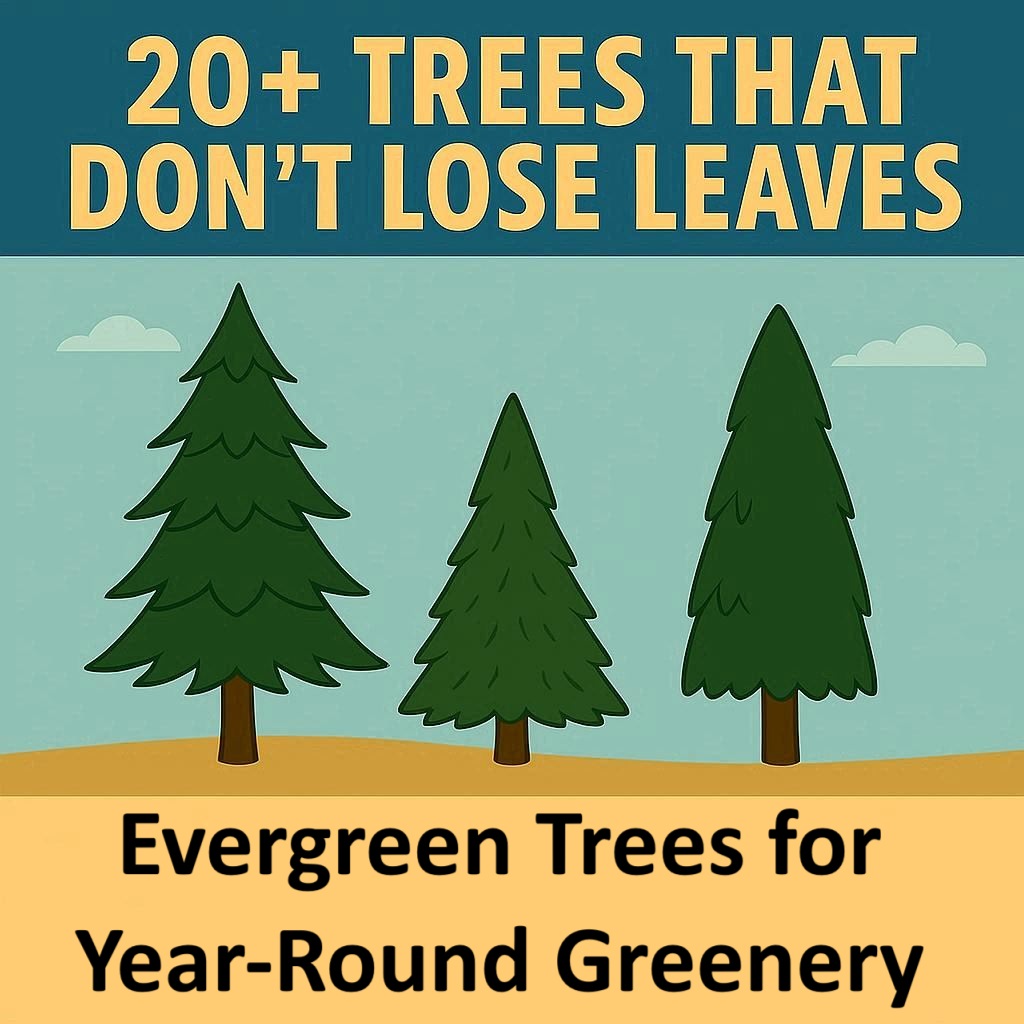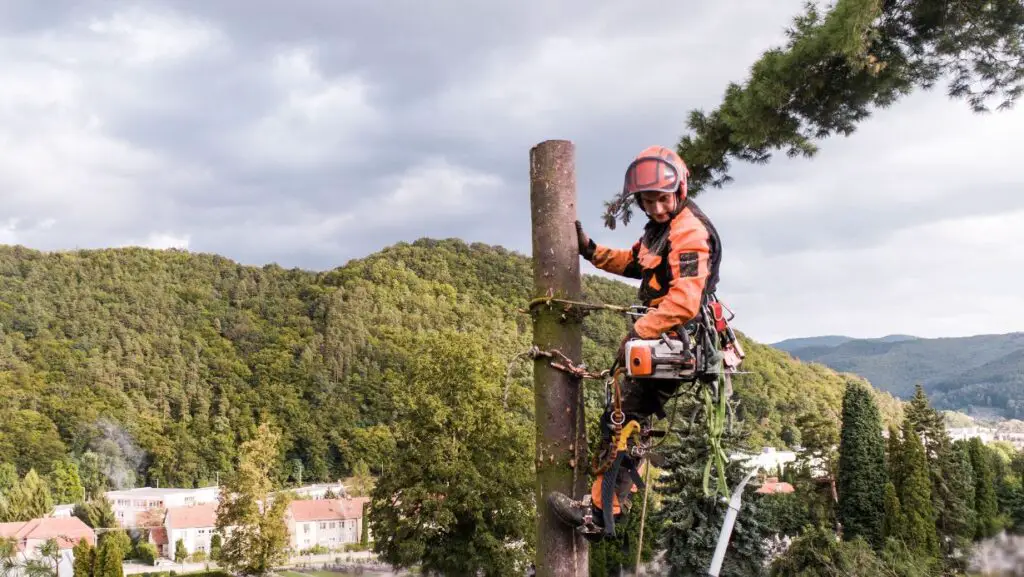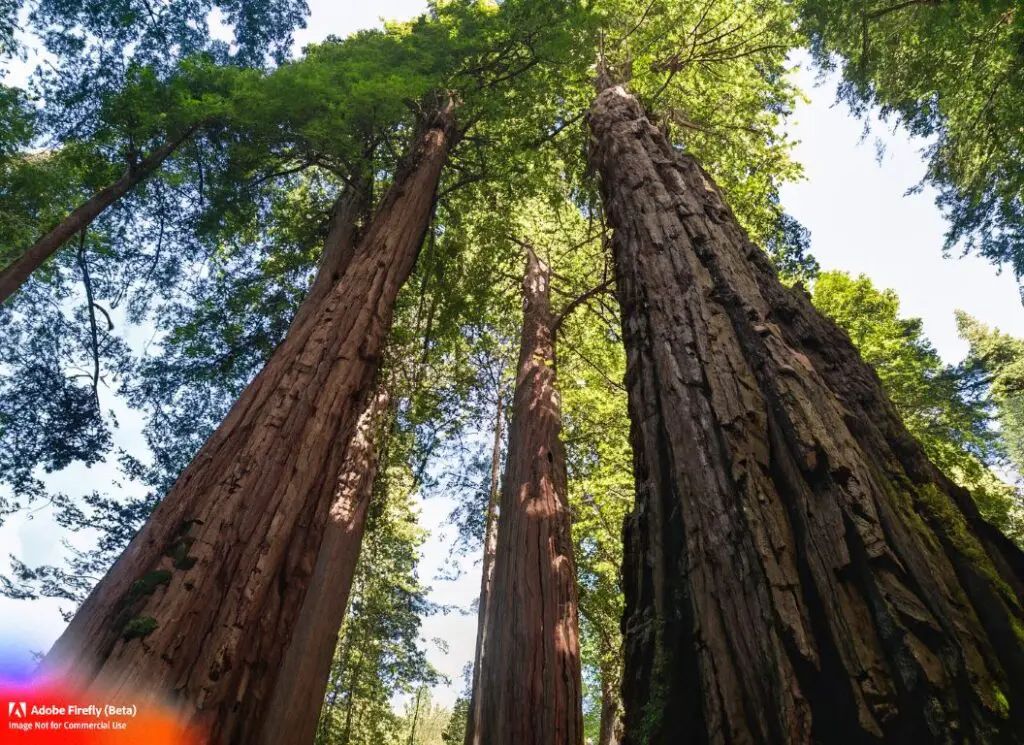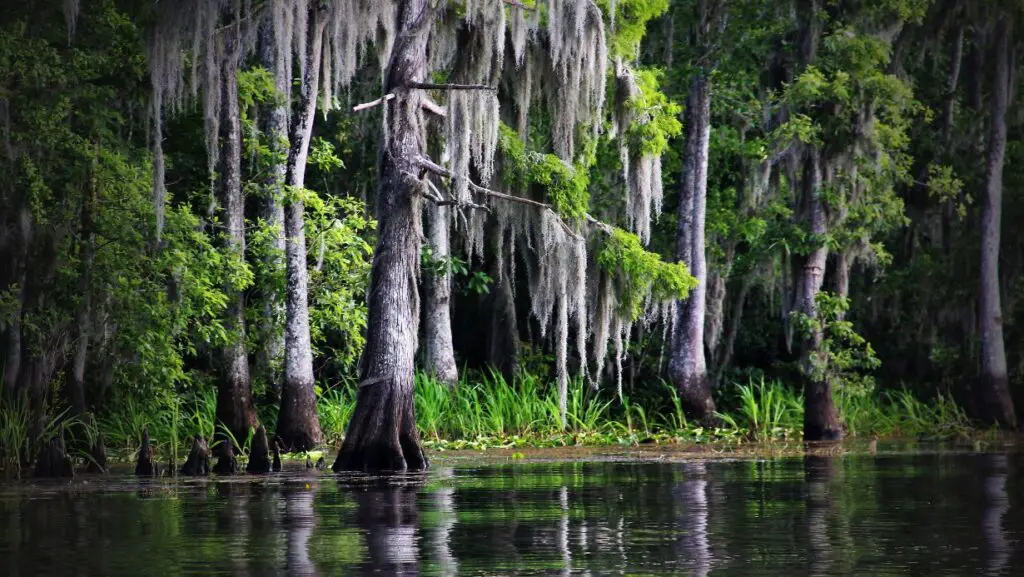
As autumn approaches and many trees start shedding their leaves, a few remarkable species stand out for their year-round greenery. These are known as evergreen trees — trees that don’t lose their leaves, even during winter.
Whether you’re landscaping your garden or simply love the sight of lush greenery all year long, evergreen trees add constant beauty, shade, and structure to your outdoor space. Here’s a list of the best trees Evergreen Trees for Year-Round Greenery, along with their key features, benefits, and growing tips.
🌿 What Are Evergreen Trees?
Evergreen trees retain their leaves throughout the year, unlike deciduous trees that shed them seasonally. They gradually replace old leaves rather than losing them all at once.
These trees are adapted to various climates and soil conditions — from cold mountain regions to warm coastal plains — making them popular for landscaping, privacy screens, and windbreaks.
🌳 Types of Evergreen Trees
🌲 Conifers (Needle-leaved Evergreens)
- Pine (Pinus spp.)
- Spruce (Picea spp.)
- Fir (Abies spp.)
- Cedar (Cedrus spp.)
- Hemlock (Tsuga spp.)
🌿 Broadleaf Evergreens
- Holly (Ilex spp.)
- Magnolia (Magnolia grandiflora)
- Live Oak (Quercus virginiana)
- Eucalyptus (Eucalyptus spp.)
- Olive (Olea europaea)
- Camphor Tree (Cinnamomum camphora)
Why Some trees are evergreen?
The reasons a tree retains its leaves depend on its adaptation to the climate.
- Resource conservation: In cold, harsh winters or dry seasons, evergreens can conserve energy and resources by not needing to regrow all their leaves at once. Their needles have a waxy coating that traps water, protecting the tree from drying out.
- Nutrient-poor soil: Some evergreens thrive in acidic or nutrient-poor soils. Their fallen needles decompose slowly, which contributes to higher soil acidity and lower nitrogen content, making it difficult for deciduous competitors to grow.
- Consistent climate: Trees in tropical rainforests stay evergreen because they have a constant supply of rainfall and warm temperatures, so there is no need to shed leaves to survive a dry or cold season.
14 Popular Evergreen Trees That Keep Leaves All Year
Below are some of the most beautiful and durable evergreen trees that remain green and vibrant no matter the season.
1. Holly (Ilex spp.)
Regions: North America, Europe, Asia
Height: Up to 50 feet
Highlights: Glossy green leaves, bright red berries
Holly trees are a timeless symbol of greenery and resilience. Their thick, waxy leaves help them retain moisture, and their berries serve as food for birds in winter. Holly adds color, texture, and festive charm to any landscape.
2. Pine (Pinus spp.)
Regions: Worldwide
Height: 30–100+ feet
Highlights: Needle-like leaves, strong fragrance
Pine trees are among the most recognizable evergreens. Their needles grow in clusters and stay green year-round, providing excellent wind protection. Pines thrive in sunny, well-drained areas.
3. Spruce (Picea spp.)
Regions: Northern Hemisphere
Height: 40–200 feet
Highlights: Conical shape, bluish-green needles
Spruce trees are cold-hardy and ideal for northern climates. Their needles contain natural antifreeze-like compounds, enabling them to photosynthesize even during icy winters.
4. Fir (Abies spp.)
Regions: Europe, Asia, North America
Height: Up to 250 feet
Highlights: Soft, flat needles, pleasant scent
Known for their elegant shape and resilience, fir trees maintain a deep green color year-round. They’re also famous as Christmas trees due to their durability and symmetrical growth.
5. Cedar (Cedrus spp.)
Regions: Mediterranean, Himalayas
Height: 30–60 feet
Highlights: Aromatic wood, scale-like leaves
Cedars are versatile evergreens often used as windbreaks or ornamental trees. Their bark and leaves release a pleasant scent, and their dense growth offers excellent privacy.

6. Cypress (Cupressus spp.)
Regions: Southern U.S., Mediterranean
Height: 40–70 feet
Highlights: Feathery leaves, loves moisture
Cypress trees thrive in wet conditions and are commonly found near ponds or swamps. Their elegant, fern-like leaves remain green all year, and their knobby roots (cypress knees) add visual appeal.
7. Juniper (Juniperus spp.)
Regions: Worldwide
Height: 3–50 feet
Highlights: Hardy, drought-resistant
Junipers come in both upright and low-growing forms. Their silvery-green foliage and berries make them a favorite for rock gardens and slopes. They’re also ideal for low-maintenance landscapes.
8. Magnolia (Magnolia grandiflora)
Regions: Southeastern U.S.
Height: 20–80 feet
Highlights: Large, fragrant flowers
The Southern magnolia is an evergreen variety with thick, glossy leaves and creamy white blooms. It’s perfect for adding a touch of elegance and tropical beauty to any yard.
9. Live Oak (Quercus virginiana)
Regions: Southeastern U.S.
Height: Up to 80 feet
Highlights: Massive canopy, semi-evergreen
Live oaks hold onto most of their leaves throughout the year, gradually replacing them as new growth appears. Their wide, spreading branches provide excellent shade and visual grandeur.
10. Redwood (Sequoia sempervirens)
Regions: California, Oregon
Height: 100–350 feet
Highlights: Tallest trees on Earth
Coast redwoods are giants of the forest — evergreen marvels that can live for thousands of years. Their reddish bark and towering height make them awe-inspiring additions to large properties.

11. Japanese Cedar (Cryptomeria japonica)
Regions: Japan, China
Height: 50–150 feet
Highlights: Soft, feathery foliage
This fast-growing conifer has a graceful shape and beautiful texture. Japanese cedar makes an excellent windbreak and provides durable, rot-resistant timber.
12. American Arborvitae (Thuja occidentalis)
Regions: North America
Height: 20–40 feet
Highlights: Dense foliage, easy to shape
Also known as northern white cedar, arborvitae is prized for privacy hedges and formal gardens. It stays green throughout winter and can be easily trimmed into neat forms.
13. Arizona Cypress (Cupressus arizonica)
Regions: Southwestern U.S.
Height: 30–50 feet
Highlights: Drought-tolerant, gray-green leaves
If you live in a hot, dry area, the Arizona cypress is a perfect choice. Its silver-blue foliage and reddish bark make it a stunning, low-maintenance option for any landscape.

14. Southern Live Oak (Quercus virginiana)
Regions: Southeastern U.S.
Height: 60–80 feet
Highlights: Iconic southern tree, Spanish moss
A symbol of the American South, the Southern live oak is a semi-evergreen species that keeps its leaves most of the year. Its wide canopy and twisting branches make it both beautiful and functional.
🌴 Popular Evergreen Trees for Landscaping
If you’re looking for practical evergreens for your garden or property, here are some additional options loved by landscapers.
15. Douglas Fir (Pseudotsuga menziesii)
Regions: North America
Highlights: Needle-like blue-green leaves
A tall and stately evergreen perfect for borders or large landscapes. It thrives in full sunlight and well-drained soil.
16. Thuja Evergreen (Thuja plicata)
Regions: North America
Highlights: Upright growth, rich aroma
Known for their elegant, columnar form, Thuja trees are excellent for privacy hedges or container planting.
17. Polar Gold Conifer (Thuja occidentalis ‘Polar Gold’)
Regions: Temperate zones
Highlights: Golden-yellow foliage
This conifer’s narrow, pyramid-like shape and sun-glowing yellow leaves make it a standout in gardens or along driveways.
18. Blue Arrow Juniper (Juniperus scopulorum ‘Blue Arrow’)
Regions: North America
Highlights: Narrow form, silvery-blue foliage
Perfect for small spaces, sidewalks, or entryways. Its bright blue leaves and berries add winter color and elegance.
19. Cypress (Cupressus sempervirens)
Regions: Mediterranean
Highlights: Tall, slim form
Ideal for formal landscapes or lining driveways. These trees are prized for their stately appearance and resilience.
20. Cedar (Cedrus deodara)
Regions: Himalayas
Highlights: Reddish-brown bark, aromatic wood
A sun-loving, high-altitude evergreen that gives your garden a refreshing mountain aroma and striking visual depth.
Evergreen Trees and Shrubs for Privacy
If you’re seeking year-round privacy, these trees that don’t lose their leaves are perfect for hedging, borders, and garden screening. They stay lush through every season while providing sound reduction, shade, and natural wind protection.
1. Ceanothus (California Lilac)
Fragrant clusters of blue or purple flowers combined with glossy evergreen foliage make this shrub both beautiful and functional. It attracts pollinators and thrives in sunny, well-drained locations.
2. Portuguese Laurel (Prunus lusitanica)
An elegant, dense evergreen ideal for formal hedges. Its dark green leaves and reddish stems add a refined look to any garden. Tolerant of pruning and urban pollution.
3. Hedge Germander (Teucrium × lucidrys)
A compact, drought-tolerant shrub that forms neat, low hedges. Its lavender-pink blooms attract bees and butterflies, making it both decorative and wildlife-friendly.
4. Bay Laurel (Laurus nobilis)
Known for its aromatic culinary leaves, bay laurel doubles as a handsome evergreen hedge. It grows well in containers or garden beds and thrives in full to partial sun.
5. Box Tree (Buxus sempervirens)
A classic choice for formal gardens, the box tree’s dense foliage makes it perfect for borders, topiary, and small hedges. Slow-growing but easy to maintain.
6. Holly Tree (Ilex aquifolium)
This native evergreen offers spiky, glossy leaves and red berries in winter. It’s ideal for wildlife habitats and provides an excellent privacy screen year-round.
7. Holm Oak (Quercus ilex)
A Mediterranean evergreen oak that’s tolerant to salt, wind, and drought, making it suitable for coastal gardens. Its dense canopy provides effective shade and privacy.
8. Yew (Taxus baccata)
A long-lived evergreen conifer known for its dark green needles and neat, formal appearance. Yews can be shaped easily and are highly resistant to trimming.
9. Leyland Cypress (Cuprocyparis leylandii)
One of the fastest-growing evergreen privacy trees, Leyland cypress creates a dense, tall barrier in just a few years. Excellent for blocking noise and wind.
10. Evergreen Magnolia (Magnolia grandiflora)
This Southern favorite has large white blooms and leathery, glossy leaves that remain year-round. Perfect for adding privacy and elegance to larger landscapes.
11. Privet (Ligustrum ovalifolium)
A hardy, semi-evergreen hedge that offers quick coverage and wildlife shelter. Privet grows fast and adapts well to various soil types and pruning styles.
🌿 Evergreen Trees and Shrubs for Privacy
If you’re seeking year-round privacy, these trees that don’t lose their leaves are perfect for hedging, borders, and garden screening. They stay lush through every season while providing sound reduction, shade, and natural wind protection.
1. Ceanothus (California Lilac)
Fragrant clusters of blue or purple flowers combined with glossy evergreen foliage make this shrub both beautiful and functional. It attracts pollinators and thrives in sunny, well-drained locations.
2. Portuguese Laurel (Prunus lusitanica)
An elegant, dense evergreen ideal for formal hedges. Its dark green leaves and reddish stems add a refined look to any garden. Tolerant of pruning and urban pollution.
3. Hedge Germander (Teucrium × lucidrys)
A compact, drought-tolerant shrub that forms neat, low hedges. Its lavender-pink blooms attract bees and butterflies, making it both decorative and wildlife-friendly.
4. Bay Laurel (Laurus nobilis)
Known for its aromatic culinary leaves, bay laurel doubles as a handsome evergreen hedge. It grows well in containers or garden beds and thrives in full to partial sun.
5. Box Tree (Buxus sempervirens)
A classic choice for formal gardens, the box tree’s dense foliage makes it perfect for borders, topiary, and small hedges. Slow-growing but easy to maintain.
6. Holly Tree (Ilex aquifolium)
This native evergreen offers spiky, glossy leaves and red berries in winter. It’s ideal for wildlife habitats and provides an excellent privacy screen year-round.
7. Holm Oak (Quercus ilex)
A Mediterranean evergreen oak that’s tolerant to salt, wind, and drought, making it suitable for coastal gardens. Its dense canopy provides effective shade and privacy.
8. Yew (Taxus baccata)
A long-lived evergreen conifer known for its dark green needles and neat, formal appearance. Yews can be shaped easily and are highly resistant to trimming.
9. Leyland Cypress (Cuprocyparis leylandii)
One of the fastest-growing evergreen privacy trees, Leyland cypress creates a dense, tall barrier in just a few years. Excellent for blocking noise and wind.
10. Evergreen Magnolia (Magnolia grandiflora)
This Southern favorite has large white blooms and leathery, glossy leaves that remain year-round. Perfect for adding privacy and elegance to larger landscapes.
11. Privet (Ligustrum ovalifolium)
A hardy, semi-evergreen hedge that offers quick coverage and wildlife shelter. Privet grows fast and adapts well to various soil types and pruning styles.
🌱 Why Choose Evergreen Trees?
- 🌿 Year-round greenery — perfect for maintaining color in winter.
- 🛡️ Wind and noise barriers — excellent for privacy and property protection.
- 🌳 Low maintenance — most evergreens are hardy and drought-tolerant.
- 🐦 Wildlife friendly — provide shelter and food for birds year-round.
🌼 Final Thoughts
If you’re planning a garden that looks beautiful in every season, evergreen trees are your best choice. From towering pines and redwoods to compact junipers and hollies, these trees add charm, texture, and life all year long.
Whether you live in a cold northern region or a hot, dry climate, there’s an evergreen species suited to your landscape.
🌿 (FAQs) About Trees That Don’t Lose Leaves
1. What are trees that don’t lose their leaves called?
Trees that don’t lose their leaves are called evergreen trees. Unlike deciduous trees, which shed leaves in fall, evergreens continuously renew their foliage, keeping them green year-round.
2. Do all evergreen trees have needles?
No. While many evergreens like pines and firs have needles, others such as Magnolia, Live Oak, and Holly have broad leaves. These are known as broadleaf evergreens.
3. What is the most common evergreen tree?
Some of the most common evergreen trees include Pine, Spruce, Cedar, and Holly. These species are found across many regions and adapt well to different soil and climate conditions.
4. Do evergreen trees grow in all climates?
Evergreen trees grow in most climates, from tropical rainforests to cold northern regions. However, the type of evergreen varies — for example, pines thrive in cold areas, while eucalyptus prefers warmer zones.
5. What evergreen tree grows the fastest?
The Leyland Cypress is one of the fastest-growing evergreen trees. It can grow up to 3 feet per year, making it ideal for creating quick privacy screens or windbreaks.
6. Which evergreen trees are best for privacy?
Popular evergreen trees for privacy include Leyland Cypress, Thuja Green Giant, Yew, and Portuguese Laurel. These trees grow dense foliage and provide excellent year-round coverage.
7. Do evergreen trees need special care in winter?
Most evergreens are naturally hardy. However, in very cold or dry climates, watering during dry spells and applying mulch around the base can help protect roots and retain moisture.
8. What are the differences between conifers and broadleaf evergreens?
Conifers have needle-like leaves and produce cones (e.g., Pine, Fir, Spruce).
Broadleaf evergreens have flat, wide leaves and may produce flowers or berries (e.g., Magnolia, Holly, Live Oak).
9. Do evergreen trees lose any leaves at all?
Yes, but not all at once. Evergreens shed older leaves gradually throughout the year while new ones grow in — so they always appear green and full.
10. Which evergreen trees are suitable for small gardens?
Compact evergreens like Boxwood, Dwarf Alberta Spruce, Blue Arrow Juniper, and Bay Laurel are perfect for smaller spaces. They stay manageable in size and add year-round color and structure.
